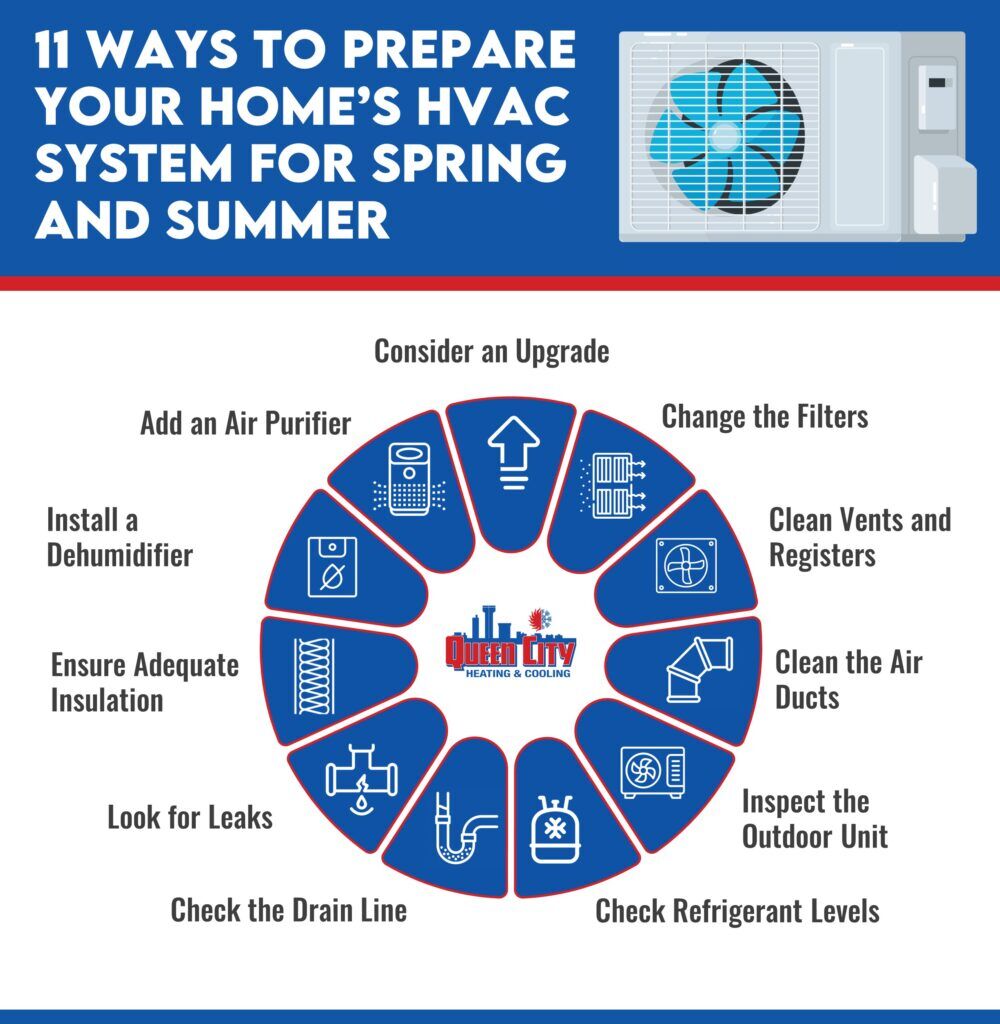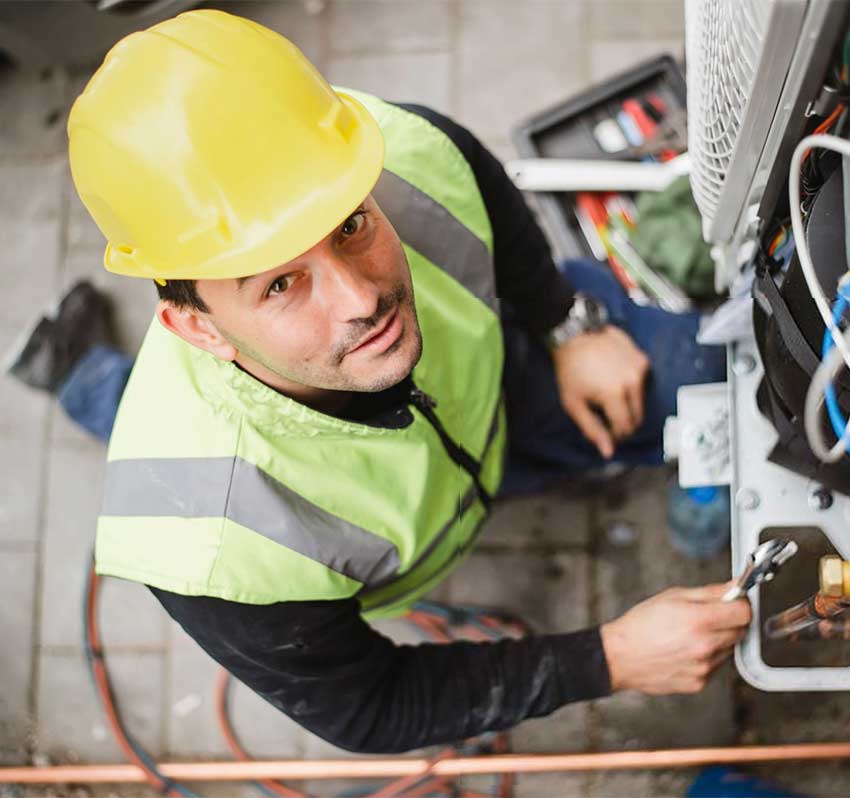1 Source Portable Air for Beginners
1 Source Portable Air for Beginners
Blog Article
Not known Facts About 1 Source Portable Air
Table of ContentsThe smart Trick of 1 Source Portable Air That Nobody is Talking AboutFascination About 1 Source Portable Air9 Easy Facts About 1 Source Portable Air DescribedNot known Facts About 1 Source Portable Air
Although referrals might seem challenging to track, there are means to pinpoint them quickly and efficiently. On social media sites, many people provide references about cooling and heating service technicians that are reputable and professional during an a/c installment, repair service or maintenance project. Since other users can make remarks, the process of identifying whether or not a business is worth pursuing is never a trouble.

A service that has built a solid track record typically has highly knowledgeable professionals that fully understand just how to tackle heating and cooling tasks that include contemporary and vintage devices. Experienced professionals need to constantly be taken into consideration throughout innovative upkeep and repair work due to the fact that the procedures that trained specialists implement are affordable. Another advantage is that experienced air conditioning company professionals never use incorrect substitute products in order to simplify repair service tasks.
Yeah, at NEXGEN Air, we're skilled Cooling and heating professionals, but we comprehend that not everybody is. This is for real that have actually never ever had to deal with an A/c issue.
The Best Strategy To Use For 1 Source Portable Air
Heating and cooling represents home heating, ventilation, and air conditioning. 9 standard components comprise a complete central air conditioning and warm system. These elements are the heating system, the heat exchanger, the evaporator coil, the condensing device, refrigerant tubes, the thermostat, the ductwork, the vents, and the warmth pump. (Don't stress! We'll discuss these components in detail further down the listing.) The heater is your home heating unit.
There are advantages and disadvantages to both, yet we'll cover that in an additional section. You can discover your furnace hiding in your basement, garage, or utility wardrobe. Your furnace's main feature is to warmth air and relocate right into your ducts to warm your home. (Enjoyable fact: Heating systems are frequently misinterpreted for boilers, but they're separate appliances). Right here's a great instance of a new Lennox furnace in an energy wardrobe.

While the furnace pushes warm air into your ducts, the warm exchanger is the one converting cool air right into warm air. An additional resident inside the furnace, the evaporator coil soaks up any kind of warm from air death over it to blow awesome air with your vents and right into your home. Your condensing device serves a similar objective as your evaporator coil yet you can discover the condensing system outside, generally on the side of your residence.
Cooling agent tubes attach your evaporator coil to your condensing coil. Refrigerant tubes are generally constructed from steel and are developed to hold refrigerant and to attach the indoor and exterior units. Your thermostat is that little tool installed on the wall surface somewhere inside your house that allows you to control your home's temperature (don't ask us where to discover your thermostat, there's no policy regarding where they're positioned - they can be anywhere!).
See This Report on 1 Source Portable Air
Your home heating, air flow and cooling (HEATING AND COOLING) system is among one of the most essential systems in your house, running quietly in the history to take care of interior temperature levels. Without a/c, you 'd be dealing with freezing temperatures in the winter and uncontrollable warm in the summertime. HVAC systems likewise ventilate your home, keeping the air quality healthy and balanced for your household to breathe.
(http://www.northlandhq.com/directory/listingdisplay.aspx?lid=64458)

Maintain reviewing to get more information about picking the appropriate heating and cooling system. There are lots of efficient and budget-friendly choices available for upgrading your heating and cooling. Picking the ideal Cooling and heating system for your home depends on lots of individual elements and preferences. A few things to think about consist of the kind of system, power performance and your budget plan.
Replacing your system with a comparable arrangement is likely one of the most economical option. Various other considerations consist of the climate and climate where you live and what gas sources are readily available. If you wish to discover more concerning exactly how heating and cooling systems operate in your area, ask neighborhood service providers for recommendations for those in the Southeast, selecting the very best a/c system is likely your top priority.
The Definitive Guide to 1 Source Portable Air
Based upon your details, they can help you make the best choice for your home. The right sort of cooling and heating system depends upon your requirements. Although some cooling and heating systems integrate cooling and heating in one package, others run with separate types of equipment. As an example, some heating and cooling systems rely upon ductwork, while others are ductless.
Cooling and heating systems are controlled by a thermostat, where you can establish and keep track of temperatures. If you spend in a smart thermostat, you can adjust your Cooling and heating system over a phone application and integrate it with other clever technology around your home.
You don't require a substantial Air conditioning system to cool a little residence. To discover the finest alternative for you, figure out the square video footage of your home and afterwards compare that with size charts for the HVAC equipment. If you buy an air conditioner for a 900-square-foot home, basic standards suggest a system with around 18,000 British thermal systems (BTUs).
While installing HVAC devices on your own could seem like a means to save expenses, any type of issues can develop considerable expenses in the future. Paying an expert for their time is well worth obtaining the job done right. An additional price to consider is upkeep. Consider how much time your brand-new tools will last and what you can do to prolong its durability.
Report this page